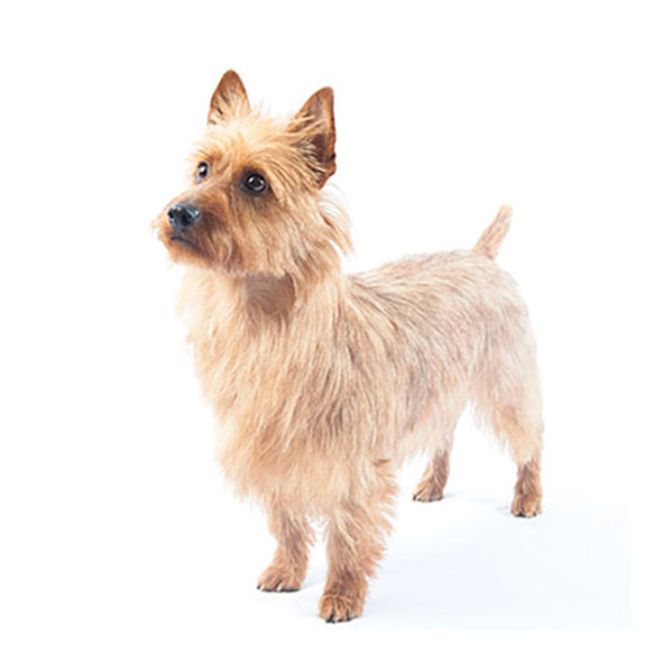Labrador Retriever
The Labrador Retriever is one of the most popular dog breeds in Australia, known for its friendly nature and versatility. Originally bred in Newfoundland, Canada, these dogs were used by fishermen to help retrieve nets and catch fish. Their intelligence and eagerness to please made them ideal companions for various tasks, leading to their introduction as hunting and service dogs.
Large
Short
51 to 66 cm tall
High
25 to 36 kg
Agility, Conformation, Field Trials, Hunting Tests, Obedience, Rally Obedience, Tracking, Guide Dog
Labradors are renowned for their gentle and friendly temperament. They are sociable dogs that thrive on human interaction and are often described as loyal and affectionate. Their playful nature makes them great companions for families, children, and other pets. Additionally, they are known for their intelligence, which makes them highly trainable.
Labrador Retrievers are medium to large-sized dogs, typically weighing between 25 to 36 kilograms. They possess a strong, athletic build with a broad head, expressive eyes, and a thick, tapering tail. Their coat is short and dense, providing protection against various weather conditions. Overall, they are robust and energetic dogs that require regular exercise.
The average lifespan of a Labrador Retriever is between 10 to 12 years. With proper care, including a balanced diet, regular exercise, and routine veterinary check-ups, many Labradors can live healthy and fulfilling lives well into their senior years.
Labradors come in three primary colors: black, yellow, and chocolate. Each color has its unique appeal, and all variations are equally popular among Australian pet owners. The color of a Labrador does not affect its temperament or abilities.
Labradors are known for shedding throughout the year, with increased shedding during seasonal changes. Regular grooming, including weekly brushing, can help manage loose fur and minimize shedding around the home.
Like all breeds, Labradors are prone to specific health issues, including hip dysplasia, elbow dysplasia, and obesity. Regular veterinary visits and a healthy diet can help mitigate these risks. Responsible breeding practices can also reduce the likelihood of inherited health problems.
A balanced diet is crucial for maintaining a Labrador's health. High-quality dog food that meets their nutritional needs should be provided, taking into account their age, weight, and activity level. Due to their tendency to gain weight, portion control is essential.
Labrador Retrievers have a rich history dating back to the 19th century. They were initially bred for their retrieving abilities and were recognized by the American Kennel Club in 1917. Their versatility has led them to be used in various roles, including service dogs, therapy dogs, and search and rescue dogs.
- Labradors are often used as guide dogs for the visually impaired due to their trainability and calm demeanor.
- They are known for their love of water and often enjoy swimming.
- Labradors excel in various dog sports, including obedience, agility, and hunting trials.





